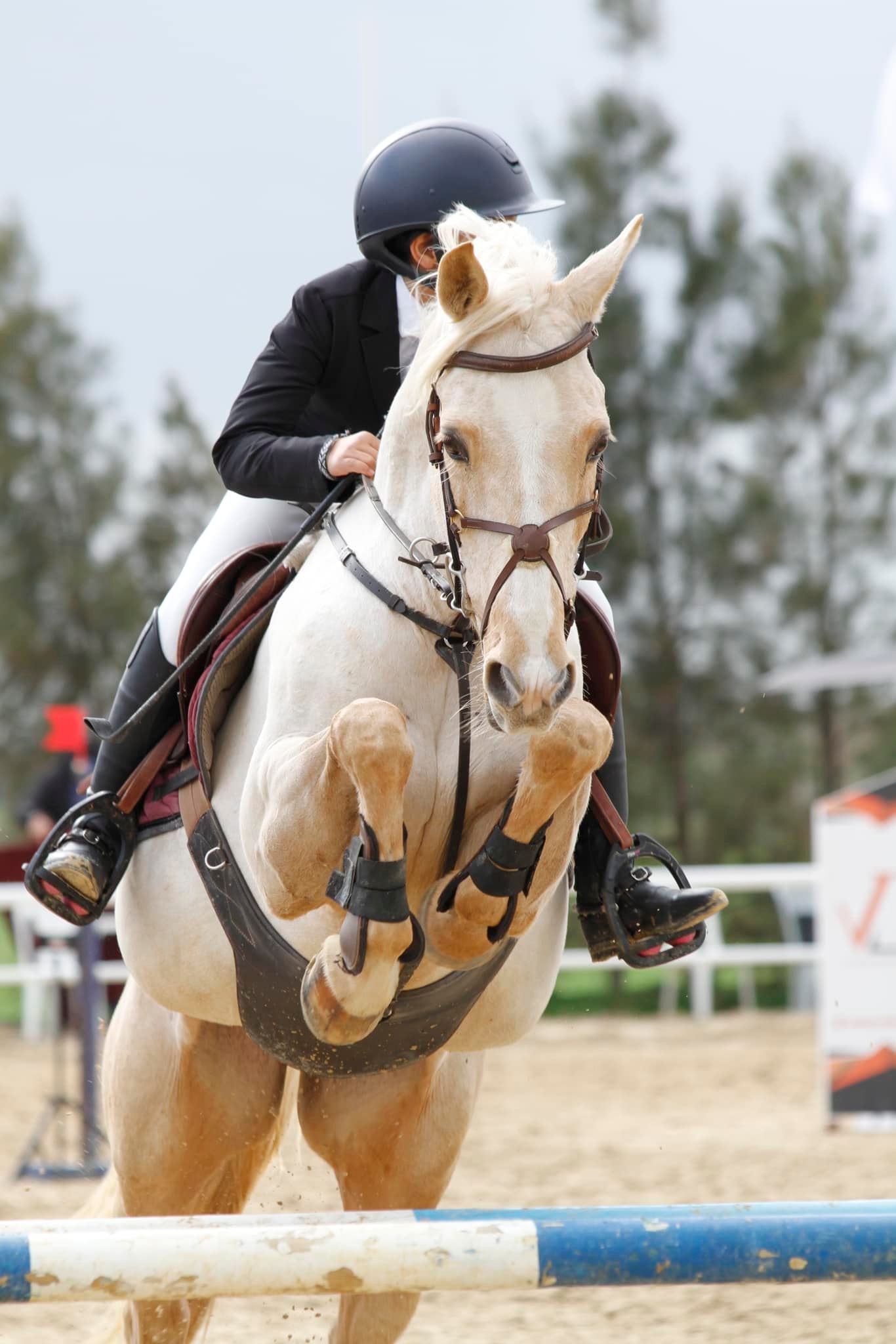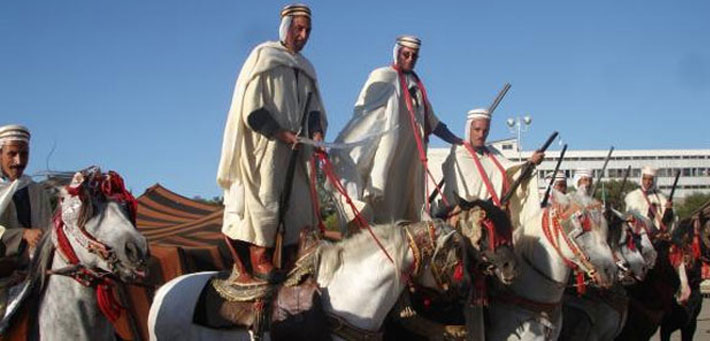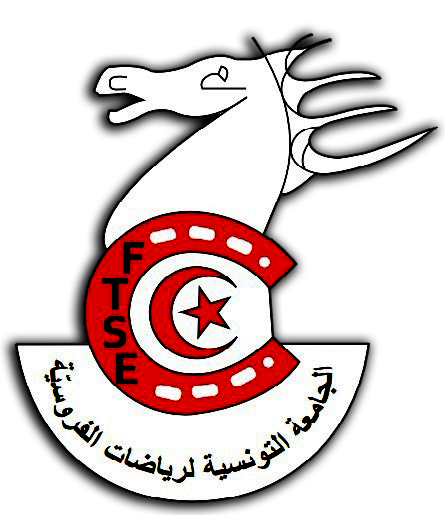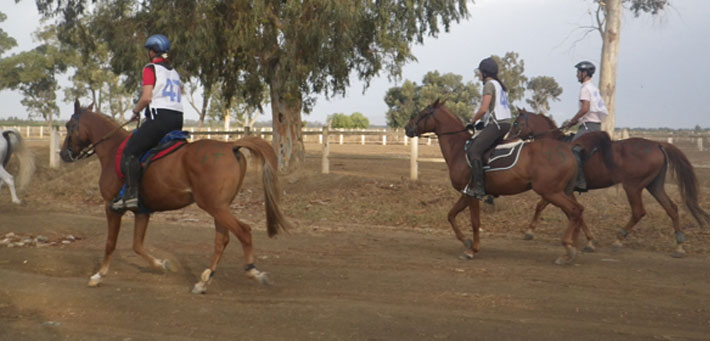
- Details
- By anouarsgaier
- Discipline Catégorie
- Hits: 2160
|
تقديم |
|
|
تُعَدُّ مُسابَقَةُ القفز على الحواجز حدثًا رياضيًا يستمر ليوم واحد أو أكثر ويجمع بين الفرسان والخيل من مستويات رياضية مختلفة للتفوق على ميدان محدد يحتوي على عقبات بتصاميم مختلفة مع ارتفاعات وعروض متنوعة وأحيانًا أنهارا للقفز عليها. |
 |
|
تتكون مُسابَقَةُ القفز على الحواجز من عدد من الفعاليات التي تحدد وفقًا لكفاءة الفارس، طول الخيل، وأحيانًا للترويج لسلالة معينة من الخيول. تُعَدُّ مُسابَقَةُ القفز على الحواجز رياضة تجمع بين الفرسان من مختلف الأجناس والأعمار على نفس ميدان المنافسة. تفرض قاعدة اللعبة على الفارس وخيله أن يتمكنا من قفز جميع الحواجز بترتيب ووقت محددين دون إسقاط الحواجز أو تخطيها. |
|


- Details
- By anouarsgaier
- Discipline Catégorie
- Hits: 1999
Symbolizing warrior virtuosity, the Fantasia ensures the continuity of an authentic military equestrian tradition. Simulating traditional military action from the 19th century, it reproduces the assaults of Arab and Berber military tactics, where a swift retreat follows a sudden attack. Today, the gunpowder charge, or baroud, has replaced the crossbow shot. The training of the horses, Barbs or Arab Barbs, follows specific rules: the rider and his mount must recognize the exact sequence of prepared maneuvers in unison. On a delimited field, teams ranging from two to twenty riders fill the air with the sound of their charges.
To perform these feats, riders must master excellent equestrian technique, as well as possess agility, audacity, and courage. The Fantasia remains one of the most appreciated equestrian displays throughout the Maghreb. In Tunisia, distinctions are made between "le Nchef," corresponding to the full gallop military charge punctuated by baroud shots, and "le Mdaouri," the equestrian figures that the rider imposes on his horse to the beat of popular music with the sound of the Tabla (drum) and Zakra (flute).

- Details
- By anouarsgaier
- Discipline Catégorie
- Hits: 2024
Equestrian tourism is a leisure activity that allows people to explore regions by covering long distances on horseback.
It is not necessary to have an excellent level of riding to practice equestrian tourism. However, complete beginners should familiarize themselves with horseback riding at a local equestrian center for one or two months beforehand to achieve the level known as "comfortable at the three gaits" (walk, trot, and canter), as the common expression goes.
The average duration of an equestrian trek ranges from four to six days.
Equestrian tourism offers several advantages:
- The rider's elevated position on the horse allows for a far-reaching view, often above hedges,
- On suitable terrain, trotting or galloping gaits allow the rider to quickly pass through monotonous landscapes,
- The equestrian traveler is constantly available to observe the scenery; wildlife feels no fear towards the horse, which masks the scent of the rider,
- The rider travels safely on rural paths that allow entry into the heart of a region.
The contact with the horse over several days also provides a unique and enriching experience.




